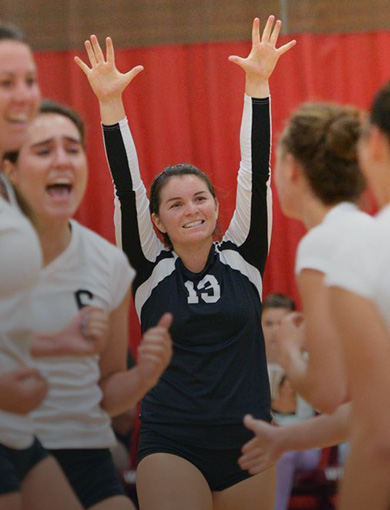Partially Torn Rotator Cuff Repair
Shoulder injuries are common any age, and for various reasons. A fall, sports injury and aging can all cause a rotator cuff tear. A rotator cuff tear causes painful dysfunction that can be debilitating, making every day activities difficult and interfere with sleep.
What is the Rotator Cuff?
The rotator cuff is a group of muscles and tendons that cover the head of the upper arm bone (humerus). The muscles are attached to the shoulder joint by their tendons. The rotator cuff functions to hold the shoulder in its socket, provides the ability to rotate and lift the arm and stabilizes the shoulder joint.
Rotator Cuff Tears
Rotator cuff tears are common. A tear may be a partial or complete thickness tear. A Partial Tear is damage to the tendon tissue, but the cuff remains attached. A full thickness tear is where the tendon is torn off the bone.
What causes a rotator cuff tear?
- An acute tear from a fall, or an auto accident and may occur with other shoulder injuries.
- Degenerative tears occur from normal wear and tear, and typically occur in the dominant arm.
- Overuse tears result from repetitive stress. They are common in baseball, tennis, rowing and weight lifting. Certain jobs and routine chores can also cause tendon tears.
What are the symptoms of a partial rotator cuff tear?
- Shoulder pain and weakness that increases with the severity of the tear.
- A partial tear may be more subtle, and cause only minor pain and weakness when lifting or lowering the affected arm
- Pain is not proof of a tear, rather it is shoulder weakness that is suggests a rotator cuff tear.
When decreased shoulder function interferes with daily activities it is time to see an orthopedic surgeon for a diagnosis. If you continue to use the arm there is a risk of further damage to the tendon and could enlarge the tear.
How is a rotator cuff tear diagnosed?
During an exam your OANC surgeon will ask about how you hurt your shoulder, and to describe your symptoms. They will review your medical history and conduct range of motion and strength testing. A physical exam will reveal tenderness, but muscle weakness is a common sign of damage to the rotator cuff.
Shoulder ultrasound is proven accurate in diagnosing a rotator cuff tear and is as accurate as an MRI. However, an MRI will reveal the tear, and can also show how old or new the tear is, and the quality of the cuff muscles. X-rays will show not show rotator cuff tears.
How is a partial rotator cuff tear treated?
Most patients with a partial tear can achieve pain relief and improved function with nonsurgical management. Treatment includes:
- Rest, ice and modified activity
- Anti-inflammatory medications help with pain and swelling
- Strengthening exercise and PT will restore and strengthen shoulder, and range of motion. Stronger muscles will help support the shoulder and relieve pain, as well as prevent future pain.
- Cortisone injections may be offered if rest, meds and therapy don’t relieve pain.
Nonsurgical management is valuable because it avoids surgery, infection, permanent stiffness, anesthesia complications, and a lengthy recovery (six months to a year). While many people can function without full function, some patients will need surgery to restore normal function.
Type of repair depends on size of tear and your anatomy and quality of your tendon tissue and bone. If there are other shoulder injuries, they will be repaired at the same time.
Outpatient arthroscopic repair uses a small camera, small incisions, guided instruments, indirect magnified vision can repair a partial tear. Patients must be committed to rehabilitation to achieve a satisfactory result.
When you or a loved one have shoulder discomfort and weakness, contact Orthopedic Associates of Northern California to schedule a consultation. You will always be treated with respect and receive compassionate care to help you get back to the life you love. OANC has offices in Chino and Paradise California for your convenience.





